Panicle Hydrangeas: The Easytogrow Shrub That's Sure To Wow
Panicle Hydrangeas: The Easy-to-Grow Shrub That's Sure to Wow
Panicle hydrangeas are one of the most popular shrubs in the world, and for good reason. They are easy to grow, adaptable to a wide range of conditions, and produce stunning flowers that can be enjoyed from summer to fall.
In this blog post, we will take a closer look at panicle hydrangeas, including their history, different varieties, how to grow them, and how to care for them. We will also provide some tips on how to get the most out of your panicle hydrangeas.
History of Panicle Hydrangeas
Panicle hydrangeas (Hydrangea paniculata) are native to Asia, where they have been cultivated for centuries. They were first introduced to Europe in the early 1800s, and quickly became popular due to their beauty and hardiness.
Panicle hydrangeas were first introduced to North America in the late 1800s, and they have been growing in popularity ever since. Today, they are one of the most popular shrubs in the United States.
Different Varieties of Panicle Hydrangeas
There are many different varieties of panicle hydrangeas, each with its own unique characteristics. Some of the most popular varieties include:
- Limelight: This variety is known for its large, white flowers that age to pink in the fall. It is a very hardy variety that is tolerant of a wide range of conditions.
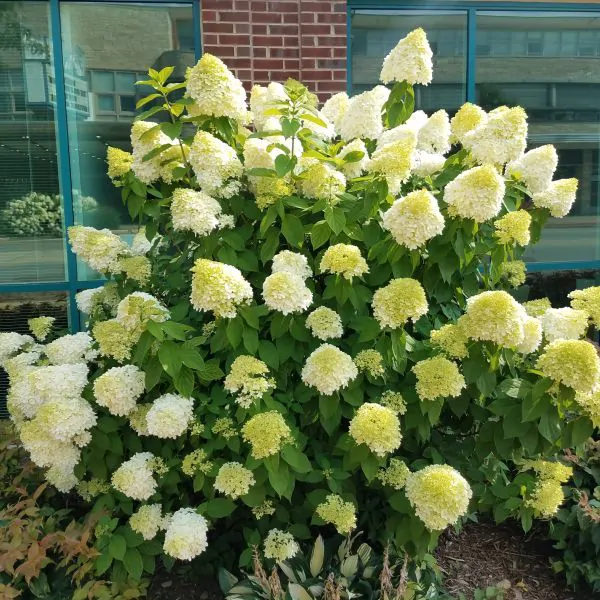
- Grandiflora: This variety is also known for its large, white flowers. It is a bit more delicate than Limelight, but it is still a very hardy variety.
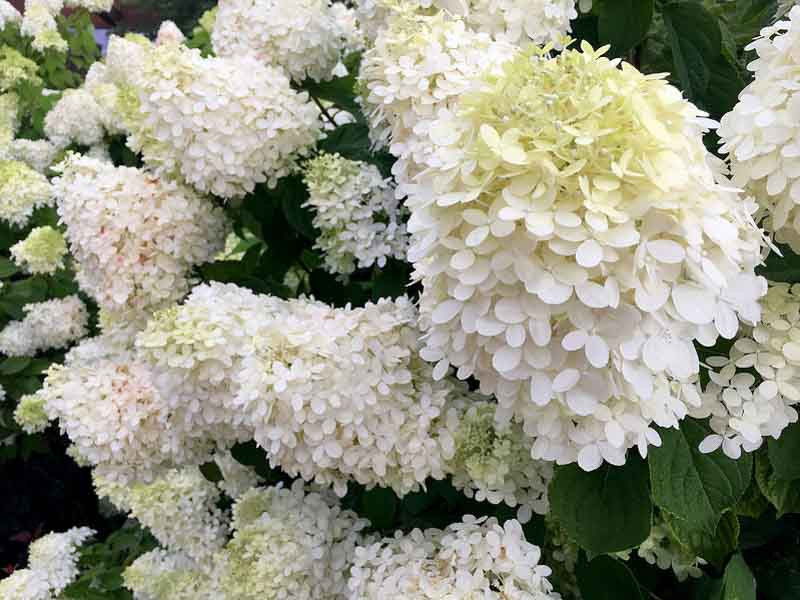
- Pinky Winky: This variety has pink flowers that blush with red in the fall. It is a bit more compact than Limelight and Grandiflora, but it is still a very showy variety.
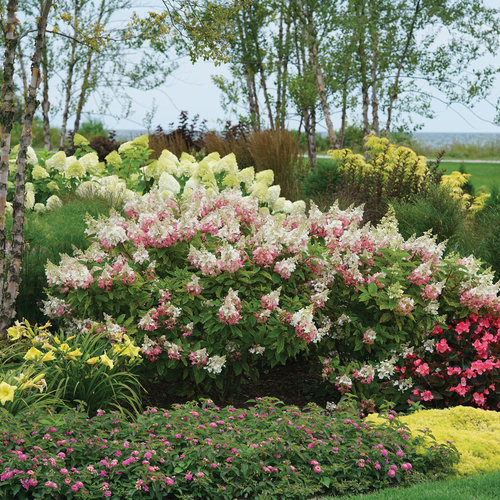
- Tardiva: This variety blooms later than other panicle hydrangeas, typically in late summer or early fall. It is a bit more difficult to find, but it is a very beautiful variety.
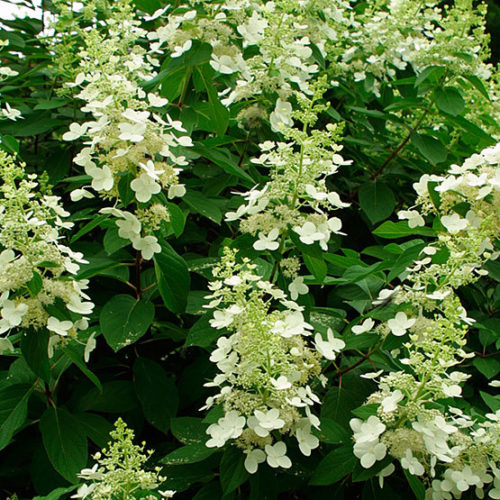
How to Grow Panicle Hydrangeas
Panicle hydrangeas are relatively easy to grow. They prefer full sun, but they can also tolerate partial shade. They are adaptable to a wide range of soil types, but they prefer well-drained soil.
Panicle hydrangeas are not very water-demanding, but they do need regular watering during the growing season. They are also susceptible to powdery mildew, so it is important to water them at the base of the plant to prevent the leaves from getting wet.
How to Care for Panicle Hydrangeas
Panicle hydrangeas are relatively low-maintenance shrubs. The most important thing to do is to deadhead the flowers after they have bloomed. This will encourage the plant to produce more flowers the following year.
You can also fertilize panicle hydrangeas in the spring with a balanced fertilizer. However, be sure to avoid fertilizing them too late in the summer, as this can encourage late-season growth that may not have time to harden off before winter.
Tips for Getting the Most Out of Your Panicle Hydrangeas
Here are a few tips for getting the most out of your panicle hydrangeas:
- Plant them in a location where they will get full sun to partial shade.
- Water them regularly during the growing season, but avoid overwatering.
- Deadhead the flowers after they have bloomed.
- Fertilize them in the spring with a balanced fertilizer.
- Protect them from powdery mildew by watering them at the base of the plant.
Conclusion
Panicle hydrangeas are a beautiful and easy-to-grow shrub that is sure to add a touch of elegance to your garden. With a little care, they will reward you with stunning flowers for many years to come.
If you're looking for a beautiful and easy-to-care-for shrub, panicle hydrangea is a great option. These shrubs are known for their large, showy flowers that bloom in summer. They come in a variety of colors, including white, pink, blue, and purple. Panicle hydrangeas are also relatively drought-tolerant, making them a good choice for gardens in hot climates.
If you're interested in learning more about panicle hydrangeas, I recommend visiting . This website has a wealth of information on the topic, including planting, care, and pruning tips. You can also find a variety of photos and videos of panicle hydrangeas in bloom.
FAQ of panicle hydrangea
1. What are panicle hydrangeas?
Panicle hydrangeas (Hydrangea paniculata) are a type of hydrangea that is known for its large, cone-shaped blooms. They are hardy in USDA zones 3-8 and can grow to be 6-8 feet tall. Panicle hydrangeas come in a variety of colors, including white, pink, blue, and purple. They are a popular choice for landscaping because they are easy to care for and can add a touch of elegance to any garden.
2. What are the most popular panicle hydrangeas?
Some of the most popular panicle hydrangeas include:
- Limelight: This variety is known for its large, white blooms that age to pink.
- Quickfire: This variety has bright pink blooms that turn a deep red in the fall.
- Pinky Winky: This variety has soft pink blooms that have a slight fragrance.
- Fire Light: This variety has bright red blooms that are a striking addition to any garden.
3. How do I care for panicle hydrangeas?
Panicle hydrangeas are relatively easy to care for. They prefer full sun to partial shade and moist, well-drained soil. They should be watered deeply once a week during the growing season. Panicle hydrangeas can be pruned in the spring or fall.
4. How do I get my panicle hydrangeas to bloom?
Panicle hydrangeas need a long, cold winter in order to bloom. If you live in a warm climate, you may need to provide your plants with some winter protection. Panicle hydrangeas also need regular fertilization. You can fertilize your plants in the spring and fall with a balanced fertilizer.
5. What are some common pests and diseases that affect panicle hydrangeas?
Some common pests that affect panicle hydrangeas include aphids, scale, and spider mites. Some common diseases that affect panicle hydrangeas include leaf spot, powdery mildew, and root rot. If you notice any pests or diseases on your plants, you can treat them with insecticidal soap, neem oil, or a fungicide.
Image of panicle hydrangea
- Panicle hydrangea in full bloom. The flowers are a beautiful white color with a pink tinge. The panicle-shaped flowers are large and fluffy, and they make a stunning display in the garden.
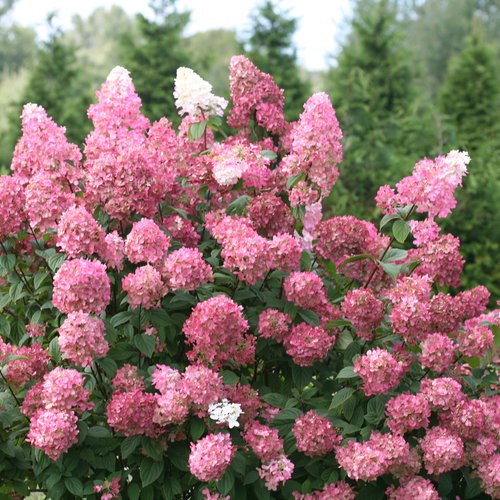
- Panicle hydrangea in bud. The buds are a light green color, and they start to open up in the summer. The flowers will eventually turn white or pink, depending on the variety.

- Panicle hydrangea in a vase. The flowers can be cut and arranged in a vase, and they will last for several days. They make a beautiful centerpiece for a table or a shelf.

- Panicle hydrangea in a garden. Panicle hydrangeas are a popular choice for gardens because they are easy to care for and they bloom for a long time. They can be planted in full sun or partial shade, and they prefer moist soil.
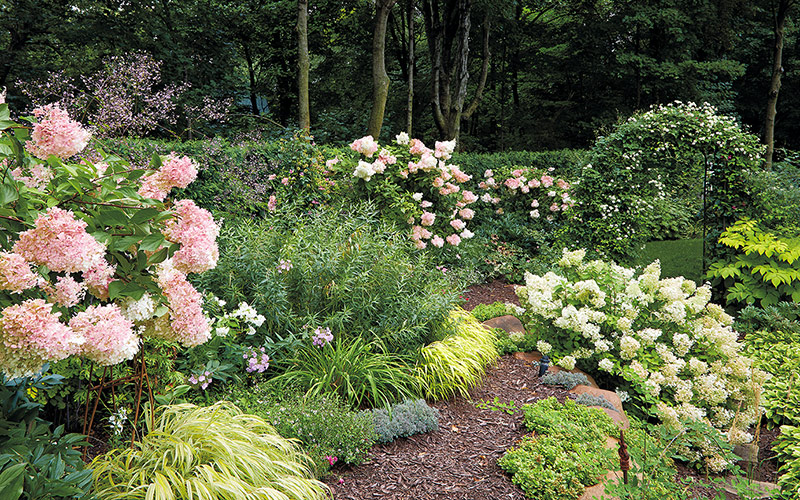
- Panicle hydrangea in a fall landscape. The flowers of panicle hydrangeas can change color in the fall, and they often turn shades of pink, red, or green. This makes them a beautiful addition to a fall landscape.
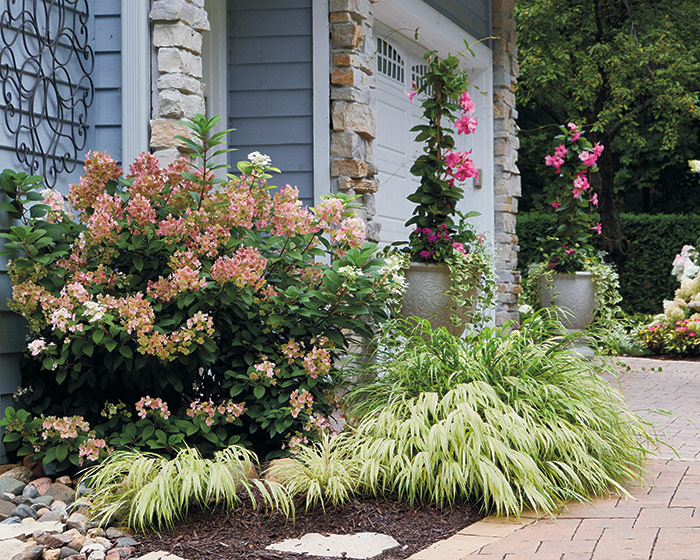
Post a Comment for "Panicle Hydrangeas: The Easytogrow Shrub That's Sure To Wow"